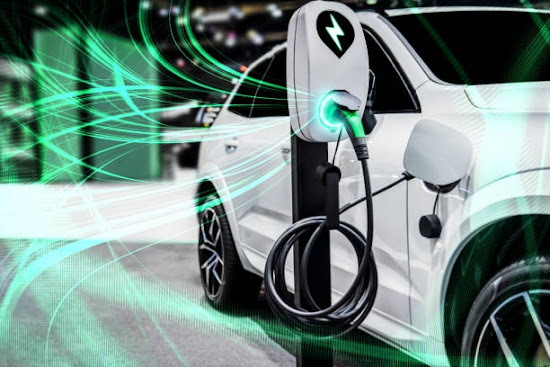Featured
- Get link
- X
- Other Apps
Wireless Electric Vehicle Charging System (WEVCS)
Nowadays, the world is transferring toward electrified mobility to lessen pollutant emissions from nonrenewable fossil-fueled vehicles But for electric-powered motors, traveling variety and charging systems are the two fundamental issues affecting their adoption over traditional automobiles.
With the advent of Wire charging
generation, no more are ready at charging stations for hours; now, get your car
charged by just parking it on the parking spot, parking at your garage, or
maybe even as you may set your electric-powered vehicle. As of now, we are very
familiar with wireless transmission of facts, audio, and video alerts, so why
can't we transfer power over the Air?
Thanks to first-rate scientist Nikola Tesla
for his infinite excellent innovations in which wireless strength transfer is
one of them. He began his test on wi-fi electricity transmission in 1891 and
advanced the Tesla coil. In 1901 with the primary intention to develop a brand
new wi-fi strength transmission gadget, Tesla commenced developing the
Wardenclyffe Tower as a massive high-voltage wi-fi electricity transmission
station. The saddest element was to meet Tesla's money owed, and the tower
became dynamited and demolished for scrap on July 4th, 1917
The fundamental precept of wireless
charging is the same as the transformer working principle. In wi-fi charging,
there are a transmitter and receiver, 220V 50Hz AC supply is converted into
High-frequency alternating contemporary, and this high-frequency AC is provided
to the transmitter coil. It creates an alternating magnetic field that cuts the
receiver coil and causes the production of AC strength output in the receiver
coil. But the critical factor for green wi-fi charging is to preserve the
resonance frequency among transmitter and receiver. To maintain the resonant
frequencies, compensation networks are added to each aspect. Then sooner or
later, this AC energy at the receiver aspect is rectified to DC and fed to the
battery thru Battery Management System (BMS).
Based on the utility, Wireless charging
systems for EVs may be distinguished into
categories,
·
Static Wireless Charging
·
Dynamic Wireless Charging
1. Static Wireless Charging
As the call shows, the automobile receives
charges when it stays static. So, we could park the EV in the parking spot or the
garage, which is included with WCS. The transmitter is geared up beneath the
floor, and the receiver is organized in the car. To rate the vehicle, align the
transmitter and receiver and leave it for charging. The charging time depends
on the AC delivery strength degree, the distance between the transmitter &
receiver, and their pad sizes.
This SWCS is OK to build in areas where EV
is parked for a specific time during the c program language period.
- Get link
- X
- Other Apps

.webp)
